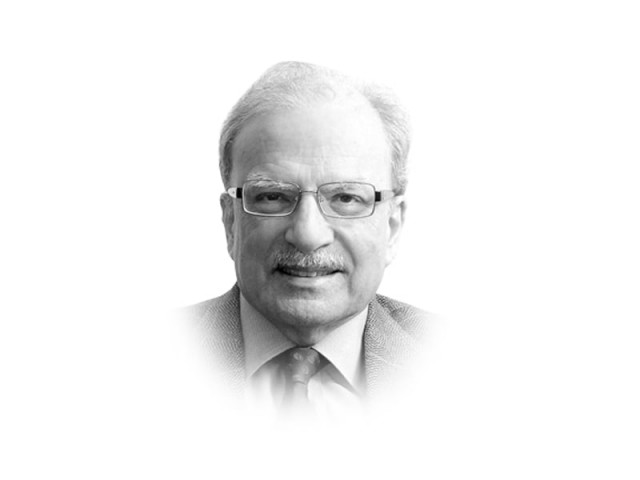Technology and inequality
Income inequality can result from risks taken by people with good ideas who make a lot of money for themselves

The writer is a former caretaker finance minister and served as vice-president at the World Bank
A number of papers were prepared specifically for discussions at Davos. One of these that attracted a lot of attention was by a successful entrepreneur who had done well in America’s Silicon Valley. He argued that inequality results from risks taken by people with good ideas. Those who succeed change the way the world works and in the process make a good deal of money for themselves. The list of obvious examples begins with Bill Gates, the Harvard University dropout, who wrote the operating system for personal computers and went on to found the highly successful firm, Microsoft. Steve Jobs had an equally modest start but went on to establish Apple that produced a string of successful consumer products and software for operating them. Mark Zuckerberg, another Harvard University dropout, gave the world Facebook which became the core of social networking. Jeff Bezos founded Amazon which revolutionised retail trade and became one of the world’s largest corporations. All of these and several more innovators became billionaires while still very young.
While this is an appealing argument, it works as an explanation for a small part of inequality. Several studies have clearly demonstrated that over the last several decades, inter-personal and inter-regional inequalities have increased. It is only in the case of inter-country distribution of income that some closing of the gap has occurred. In the period between 1980 when China launched a well thought-out programme of economic reforms and 2008, when the world went into the Great Recession, the country’s GDP increased 32-fold. Income per head of the population grew 16-fold. Some 500 million Chinese climbed out of poverty. In the same period, income per head in the United States increased only four times but the number of people who were considered to be poor did not decline. In the United States, far more than in China, most of the increase in national income was captured by the top 10 per cent of the population. There was virtually no increase in the earnings of the remaining 90 per cent.
Before the Davos meeting, some of the themes that figured in the discussions in the Alpine village were discussed in another forum. The 70 ‘inequality themed’ papers presented at the annual meeting of the American Economic Association moved a nest of new research demonstrating how and why inequality has increased and what side-effects appear to have accompanied it. The papers presented convincing analyses of what was behind the increase in inequality in inter-personal incomes. According to one estimate, innovation combined with entrepreneurship can only account for about 14 per cent of inequality. The remaining 86 per cent is because of access to what economists call ‘rents’. Rent-seeking is the activity that yields higher rewards without adding additional value to the economy. Corruption is an obvious example of rent-seeking. Those who are involved in it use the power they have over those who are seeking some form of support from the government. In addition to resulting in inequality, these transactions increase the cost to those who need help from officialdom. Corruption, in other words, is a major burden on the economy. It slows down the rate of economic growth and creates inequality.
Inequality also retards political progress. The rentiers in the system would want to keep their hold on the political system, making sure it remains exclusive rather than become inclusive. As the social scientists Daron Acemoglu and James Robinson pointed out in their book, Why Nations Fail, exclusive systems are not stable. Over time, they lead to action by those who have been kept out of the system. The Arab Spring of January 2011 is a good example of the kind of instability that persistent inequality can bring to political systems. The ‘Spring’ laid the ground for the civil wars in Syria, Yemen and Libya.
How do these findings apply to Pakistan? The World Bank data suggests that the incidence of inequality in the country as measured by the Gini coefficient is relatively less than the average for South Asia. I am not aware of any serious analyses of the extent of corruption in the country but it is no more than what goes on in India and Bangladesh. Some of the advances the country has made in terms of political development appear to indicate that most segments of the population seem to be content with the progress made in this area. But this should lead not to complacency. The civil society should keep a close watch on inequality trends and ensure that the political system becomes progressively more inclusive and income distribution does not deteriorate.
Published in The Express Tribune, February 1st, 2016.
Like Opinion & Editorial on Facebook, follow @ETOpEd on Twitter to receive all updates on all our daily pieces.














COMMENTS
Comments are moderated and generally will be posted if they are on-topic and not abusive.
For more information, please see our Comments FAQ